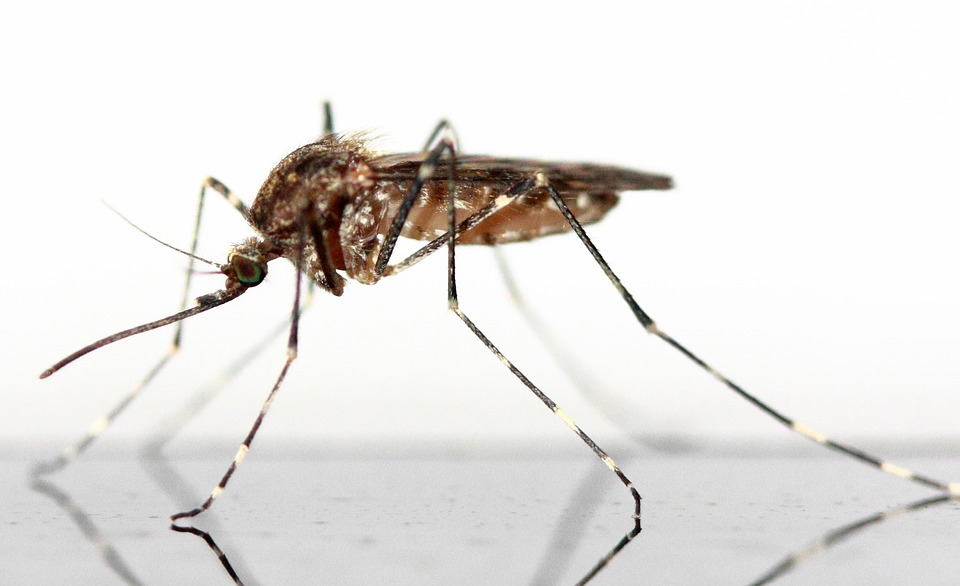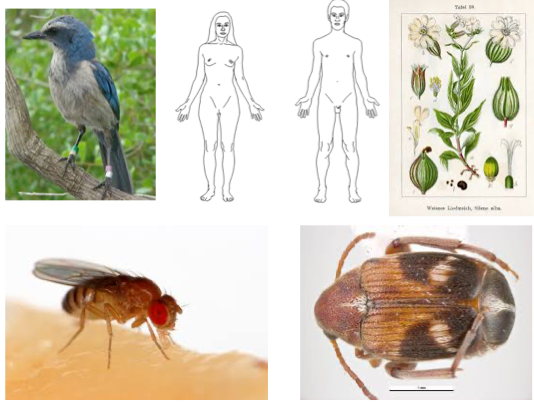A new study published in Evolution Letters has tested the idea that parasites can evolve the ability to time their investment in transmission to match the activity of their vectors. Luke Turner reports:
One of the biggest challenges that all organisms face is surviving in their dynamic and constantly changing surroundings. Adapting to fluctuations in factors such as food availability, temperature or day length requires behavioural and physiological change. This is no different for parasites, which survive by gaining nutrients at the expense of a host species. A variety of physiological alterations have been observed in parasites due to changes in their environment, both over short (circadian) and long-term (seasonal) periods. This variation in physiology is particularly interesting because it changes the parasite’s dynamic with its host, directly affecting parasite epidemiology.
The ultimate goal of any parasite is to increase its transmission to more hosts. Parasites could use environment-induced changes in host behaviour and physiology to their advantage, profiting from favourable conditions when they arise. When a parasite is transmitted through a vector (i.e. an intermediate organism that carries the parasite to its host), this theory is known as the ‘Hawking hypothesis’. There is lots of evidence that parasites are able to respond to changes in the environment in order to maximise their vector transmission. In Wuchereria bancrofti parasites, for example, their transmissible elements (microfilaria) are transferred between the lungs and peripheral blood of an infected host. In areas where the parasite is transmitted through a night-biting mosquito vector, microfilaria are released into the blood at night, whereas in places where the mosquito vector bites during daylight hours, W. bancrofti microfilaria are more abundant in the blood throughout the day. This indicates that parasites may be able to induce physiological changes within a host in response to a change in the abundance of the parasite’s vector, leading to an increased likelihood of transmission.
A similar process occurs within hosts that are infected by malaria, a widespread and devastating disease which is transmitted by mosquito vectors. From the point of view of the parasite causing malaria, it would be most beneficial to maximise their infectiousness around the time that mosquitos commonly bite. Despite this being observed in natural systems, it is not yet clear whether parasites have the ability to coordinate their infectiousness with when mosquitos feed on their hosts.

New research carried out by Pigeault et al. (2018), published in Evolution Letters, aimed to test whether a parasite which causes malaria can align its investment in transmission with the behaviour of their vectors. Using Plasmodium relictum as the parasite species, the research found evidence that two separate transmission strategies have evolved in response to environmental variation in mosquito presence. By creating a theoretical model, it was identified that when mosquitos are active in a regular daily pattern, a time-varying strategy can emerge in the parasite. This was confirmed in the experimental species, where an increase in parasite infection of Culex mosquitos during the late afternoon coincided with the peak in biting activity of the mosquitos. This provides support for the ‘Hawking hypothesis’ and suggests that the Plasmodium parasite can adapt to the daily timing of mosquito presence in order to increase its own transmission.

A second strategy that the parasite adopts is a more immediate reaction to the presence of a biting mosquito, which evolves when the abundance of vectors is less predictable. These plastic responses are triggered as soon as a mosquito bites the infected bird host, resulting in the immediate growth of the parasite and investment in transmission, and therefore an increased chance of infecting the vector as it feeds on the bird. This strategy is implemented in both the short-lived acute phase of the parasite’s infection, when transmission to mosquitos is very high, but also in the chronic phase which lasts for months and does not lead to high infection rates in mosquitos. During the long chronic phase, this plastic transmission strategy is effective at allowing the parasite to respond to seasonal variation in mosquito abundance, reactivating its transmission when they appear in the environment. On the other hand, when in its highly infective acute phase, the parasite can react to unexpected and sudden changes in the abundance of mosquitos, increasing its transmission when they begin feeding on the host in high frequencies.
Despite this strong support for the idea that Plasmodium parasites can implement physiological changes in themselves to match the behaviour of their mosquito vector, it is important to consider alternative explanations for this pattern. It is possible that daily natural fluctuations in the host bird’s immune system affects the infectiousness of the parasite, leading to an increase in transmission during the late afternoon. There may also be daily variation in the production of immune compounds within the mosquito, resulting in differences in how easily the parasite can infect the vector.
Nonetheless, this research provides exciting insights into the adaptive capabilities of parasites that cause malaria. It demonstrates how they are able to align their investment in vector transmission with daily patterns of mosquito abundance, while also initiating immediate responses to mosquito bites when their presence is less predictable. With malaria affecting the lives of animals and humans around the world and causing devastating symptoms, this research takes a step towards understanding the variable transmission of the Plasmodium parasite. Furthermore, it provides hope for controlling the spread of human malaria in the future.
Luke Turner is a MSc Science Communication student at the University of Sheffield. The original study is freely available to read and download from Evolution Letters here.

